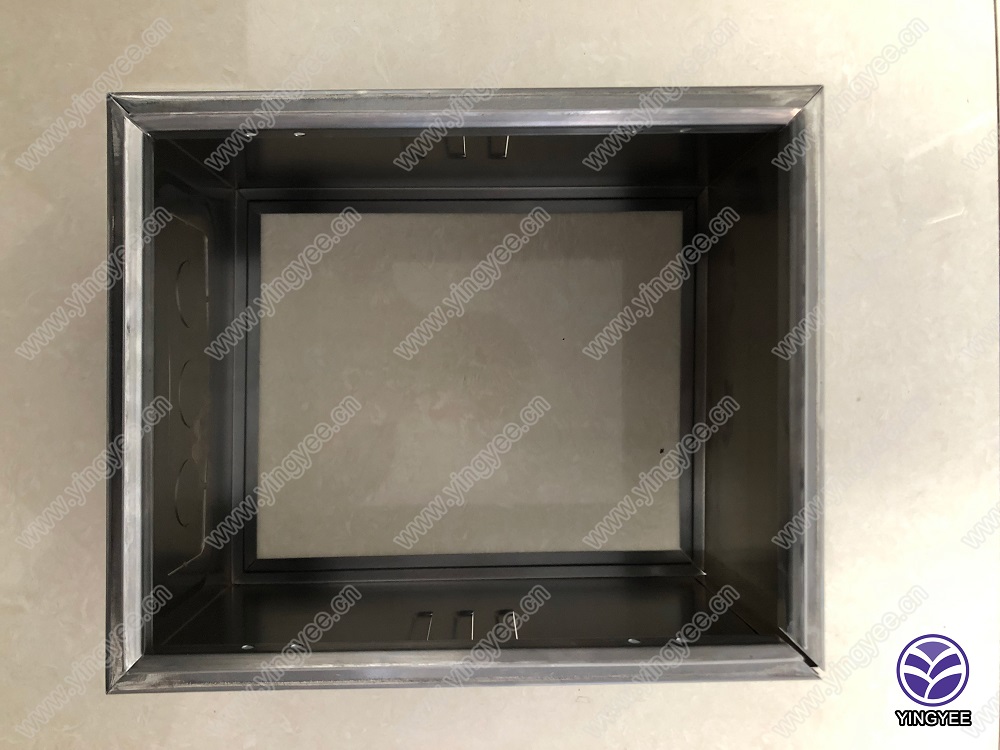
The Roof Tile Production Line A Comprehensive Overview
Roof tiles are essential components of roofing systems, providing not only aesthetic appeal but also protection against the elements. The production of roof tiles has evolved significantly over the years, incorporating advanced technologies and automated processes to enhance efficiency and quality. This article explores the various stages of the roof tile production line, highlighting the critical steps involved and modern innovations that have transformed this industry.
Raw Material Preparation
The first step in the roof tile production line is the preparation of raw materials. The most commonly used materials for roof tiles are clay, concrete, and metal. Each material possesses unique properties that cater to different architectural styles and climate conditions. In the case of clay tiles, the clay should be carefully selected and processed to ensure optimal plasticity and moldability. Once the raw materials are obtained, they are crushed and mixed with water to form a consistent paste. This mixture is then shaped into tiles using molds, either through manual labor or automated machinery.
Shaping and Molding
Shaping and molding are critical stages in the production line. Depending on the design requirements, different methodologies are employed. For instance, traditional clay tiles can be formed using either extrusion or pressing processes. In extrusion, the clay paste is pushed through a die to create a continuous strip that is subsequently cut into individual tiles. In contrast, the pressing method uses hydraulic presses to shape the clay into specific forms. Automated molding machines have revolutionized this process, significantly boosting production rates while maintaining high standards of quality.
Drying Process
After shaping, the tiles undergo a drying process to remove excess moisture. This step is crucial to prevent cracks and defects during firing. In modern production lines, drying chambers with controlled temperature and humidity levels are employed to ensure uniform drying. This not only increases efficiency but also minimizes the risk of warping or other deformities in the finished product.

Firing and Glazing
The firing process is where the tiles are hardened to achieve the necessary durability and weather resistance. Tiles are placed in kilns and subjected to high temperatures, typically between 800°C and 1,100°C, depending on the material used. This stage transforms the raw clay or concrete into a robust roofing material. Following the firing, many manufacturers apply glaze to enhance the visual appeal and provide additional protection against UV rays, moisture, and stains.
Quality Control
Quality control is integral to the roof tile production line. Throughout the production process, tiles are subject to rigorous testing to ensure they meet industry standards. This includes checks for dimensions, weight, color consistency, and resistance to various environmental factors. Automated systems equipped with sensors and cameras are often employed to detect any anomalies, ensuring only the highest quality tiles proceed to the packaging stage.
Packaging and Distribution
Once the tiles have passed quality control, they are packaged and prepared for distribution. Effective packaging is essential not only to protect the tiles during transport but also to facilitate quicker loading and unloading. The final product is then distributed to retailers, builders, and contractors, ready to be installed in residential and commercial constructions.
Conclusion
The roof tile production line is a complex interplay of various processes, each crucial for delivering high-quality products. From raw material preparation to the final quality check, advances in technology have greatly improved efficiency and output in the industry. As architectural trends continue to evolve, so too will the methods of production, ensuring that roof tiles remain a vital component of modern construction.